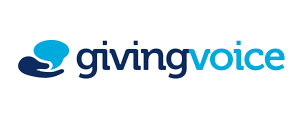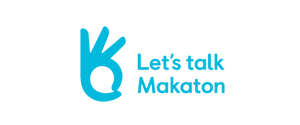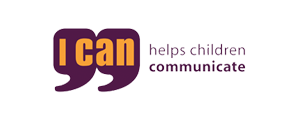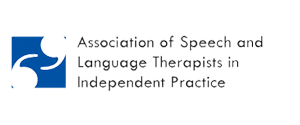Early infancy and toddler 12 months-3 years
As a child develops their speech, language and communication skills also continue to grow. Children develop at different rates however by certain ages they should be meeting some developmental milestones.
Speech, language and communication milestones
At 1 year (12 months)
By this age children start to understand simple 1 information carrying word instructions such as ‘give me teddy’. Children will have a few words but will usually make babble vocalisations. By this age children should:
- Makes vocalisations using both vowels and consonants e.g. abababa mum-mum.
- Follows simple directions such as ‘no’.
- Use at least 3 words.
- Gain the attention of an adult using eye contact, vocalisations, pointing and gestures.
- Use gestures such as shaking the head for yes / no or waving hands for bye.
- Will bring toys to show you.
- Has developed the following consonant sounds /d/ /b/ /g/ /n/ /m/ /h/.
At 1.3 years (15 months)
Children will start to vocalise in a tone that sounds like real speech they may also use a few correctly produced words to communicate. By now children should:
- Use non-sense speech with intonation patterns that appear to sound like connected speech.
- Use a few recognisable words correctly.
- Understand and follow simple instructions that contain one information carrying word e.g. give me teddy.
- Point to familiar people, animals and objects, such as toys.
- Communicate with adults using pointing, vocalising or gesturing.
At 1.6 years (18 months)
Children will use a mixture of babble and real words when talking to themselves, others or singing. Their tone of voice will also start to depict different emotions. At this age, children should typically be able to:
- Points to different body parts when instructed.
- Talks to oneself-using a mixtures of recognisable words and nonsense speech using conversational intonation patterns that depict different emotions.
- Uses up to 20 words.
- Understands and responds to simple questions such as “where’s mummy” by using gestures such as pointing or words.
- Enjoys simple picture stories.
- Enjoys nursery rhymes and may attempt to sing along.
- Has developed the following consonant sounds /m/ /n/ /p/ /b/ /t/ /d/ /h/ /s/ /w/.
At 2 years (24 months)
By this age children will start to put words together and talk in short phrases and understand 2 information carrying word instructions e.g. give me teddy and apple. By now children should:
- Use at least 100 words.
- May have phonological errors in speech.
- Use short 2-3 word phrases e.g. “mummy dress” or “teddy no coat”.
- Use no and not.
- Use pronouns such as me, my, daddy, mummy.
- Understand and follow instructions that contain two information carrying words e.g. give teddy the ball.
- Echolalia may be present.
- Listen to conversations addressed to them but may need attention shifting.
- Will be more interested and listen to general conversation.
- Has developed the following consonant sounds /m/ /n/ /p/ /b/ /t/ /d/ /h/ /s/ /w/ /k/ /g/ /f/ /sh/ /l/.
At 2.6 years
At this age children will have developed a large range of words that they use frequently and will understand concept words. By now children should:
- Understand concepts such as size (big / little) and quantity ( lots / little).
- Recognise family names such as mum, dad, baby, sister, brother, grandma, etc.
- Uses verbs (action words) e.g. run, jump, eat.
- Remember and understand familiar stories.
- Recognise familiar logos and signs.
- When given a choice of pictures can select correct picture from actions e.g. who is crying?
- Use around 200+ words.
- Continue to use echolalia.
- Mostly intelligible to familiar adults.
- Begin to make small turn taking conversations with peers.
- Ask questions such as who? Where? What?
- Talk to self when playing commenting on their actions.
- Recite nursery rhymes.
- May need prompting to look and listen if playing.
- Has developed the following consonant sounds /m/ /n/ /p/ /b/ /t/ /d/ /h/ /s/ /w/ /k/ /g/ /f/ /sh/ /l/ /th/.
At 3 years
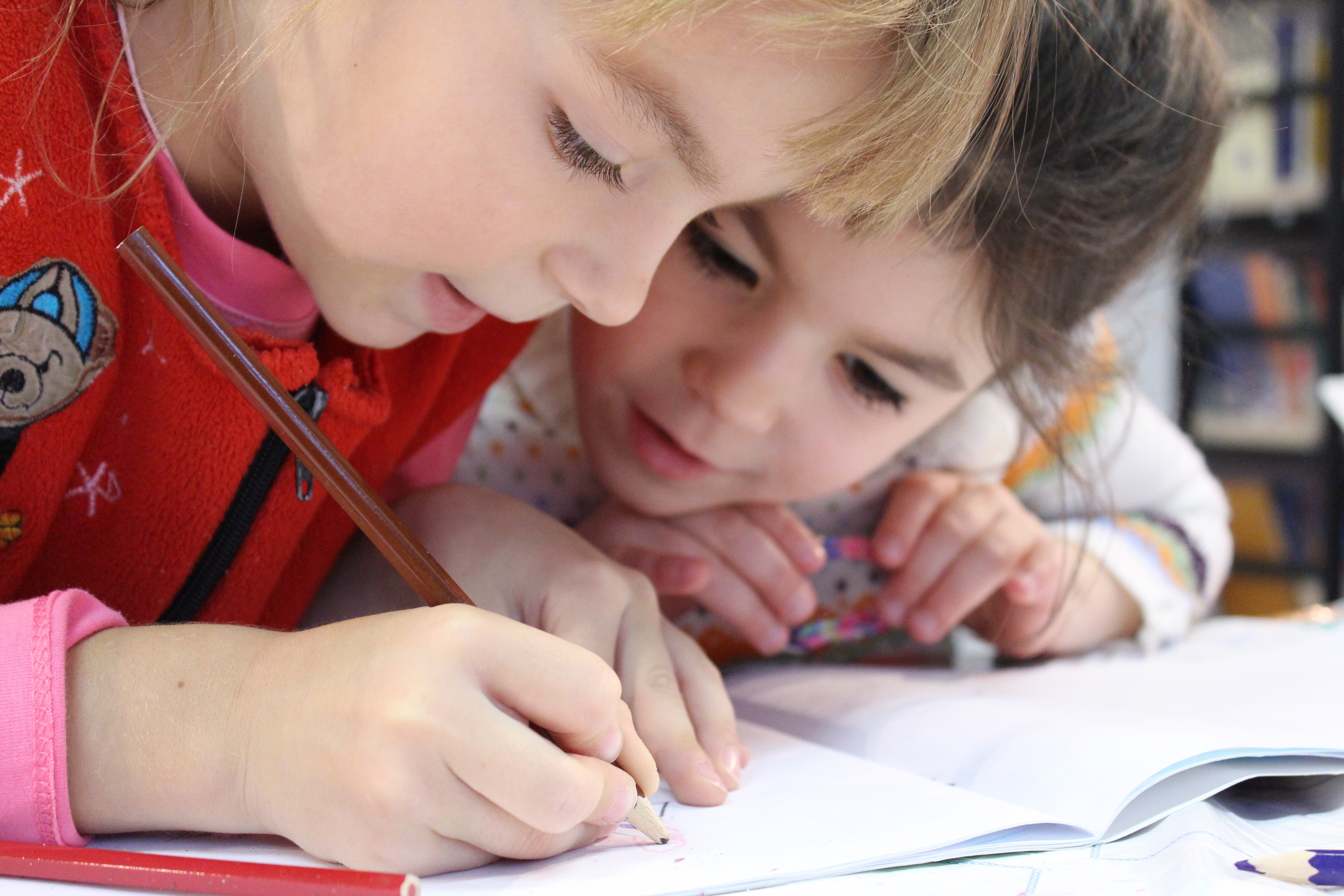
“During development toddlers will be able to follow simple instructions.”
By now children will start to be a little descriptive in their language using descriptive words in short phrases to describe the object or event. By now children will:
- Modify loudness and pitch in speech.
- Have a large vocabulary of 300-400 words.
- Intelligible to strangers but still has phonological errors.
- Understand instructions that contain three information carrying words e.g. Put the big teddy in the bag.
- Use short phrases containing 4-5 words e.g. jack took my car.
- Identify object using their function.
- Understand adjectives such as big, cold, hard.
- Start to use plurals by adding ‘s’.
- Have developed the following sounds /m/ /n/ /p/ /b/ /t/ /d/ /h/ /s/ /w/ /k/ /g/ /f/ /sh/ /l/ /th/ /ng/ /y/.
- Use longer words but may still present with errors.
- Recognise gender.
- Describe present actions and previous experiences.
- Play with other children and share.
How speech and language therapy can help a child with delayed development
Our speech and language therapists have the knowledge and experience to help increase the development of children who may be finding, speech, language or communication difficult. We can provide a range of assessments and an individualised therapy programme to suit the needs of your child and to improve development.
Worried about your child's development?
If you are worried about your child’s development, do not hesitate to contact us to speak to one of our passionate speech and language therapists.
Read More...If you are worried about your child’s speech, language and communication development and would like to book an assessment please email office@sltforkids.co.uk or call 0330 088 2298.





